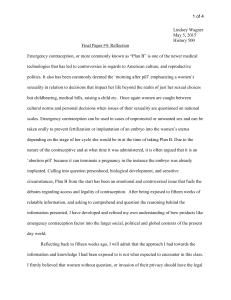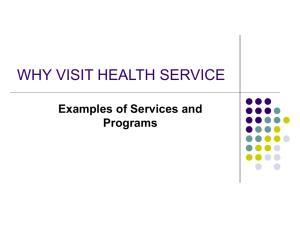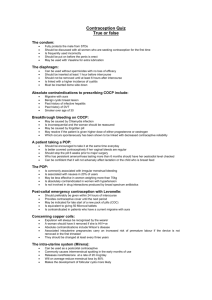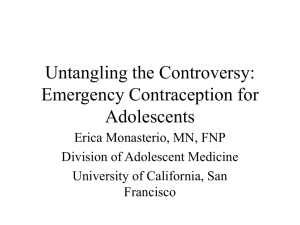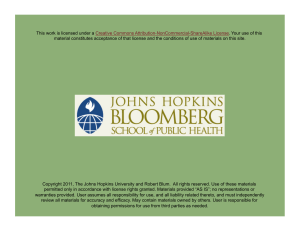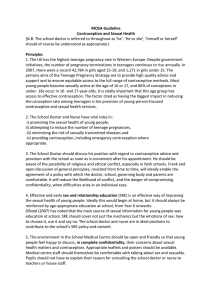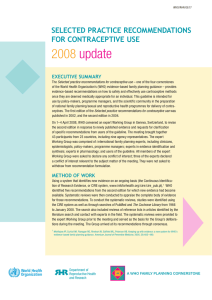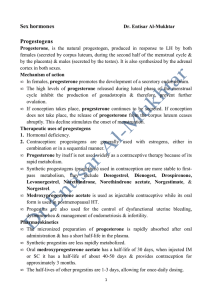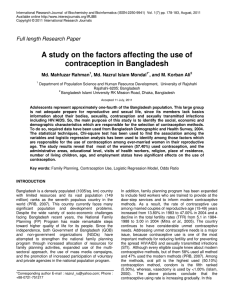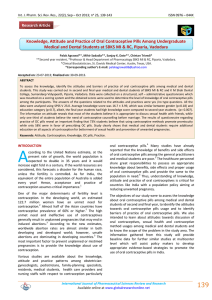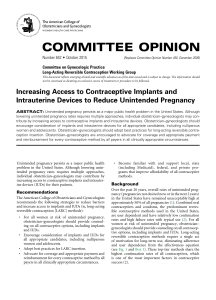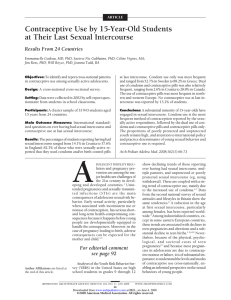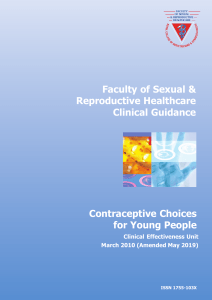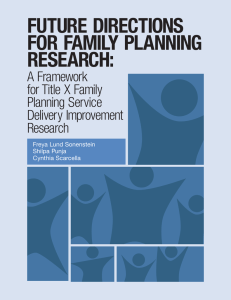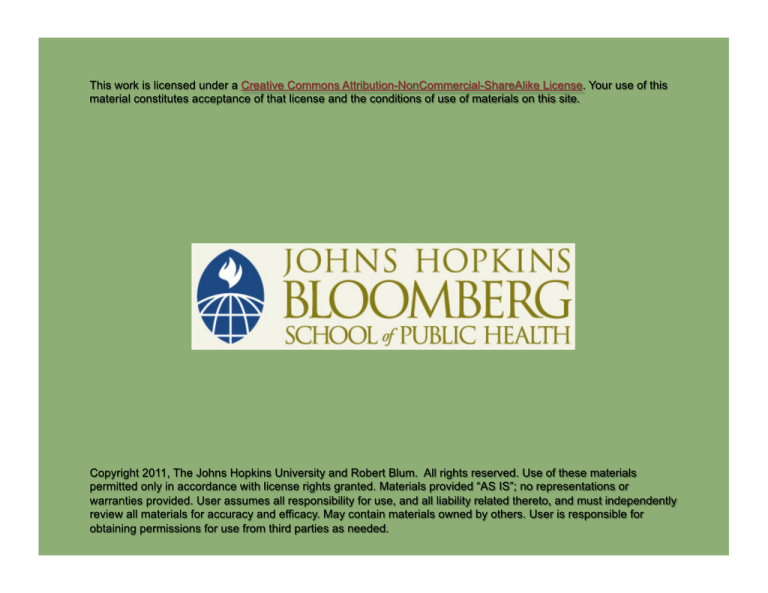
Section C
Morbidity Trends: A Convergence of Concerns
HIV Seropositivity
12 million young people HIV+
Prevalence is as high as 37% of adolescent females in
Botswana and Zimbabwe
There are vast gender and regional variations
3
HIV/AIDS Prevalence among 15–24 year olds
4
The Age of First Sex Is Declining in Many
Countries
However, early sexual initiation is particularly variable, largely
due to differences in age of marriage
By age 18
- More than 40% of young women report having had sex in
Latin America and the Caribbean
- Close to 60% in sub-Saharan Africa
- About 20 percent in the former Soviet Union
5
Many Teens Become Pregnant before Marriage
Among young women about to be married in Shanghai, 40%
have been pregnant
Of the 15 million young women ages 15 to 19 who give birth
each year, 13 million live in developing countries (PRB, 2000)
More than 20% of women in the poorest regions give birth
before the age of 18, ranging from a low of 11 percent in
Western Asia to 31 percent in Western/Middle Africa (PRB,
2006)
6
Births
More than one-fifth of women in the poorest regions have a
child by age 18
Image source: Tabulations of Demographic and Health Surveys from 51 countries, 1990–2001, in National Research Council, Growing
up Global: The Changing Transitions to Adulthood in Developing Countries (2005).
7
Abortion Worldwide
Nearly half of all abortions are clandestine
Unmarried young women are considerably more likely to
resort to clandestine abortions and unskilled providers
Risks of illegal abortion
- Sepsis
- Hemorrhage
- Cervical laceration
- Uterine perforation
- Toxic reaction to drugs used
8
Contraceptive Use
In the last five years, DHS data show that more than 9 in 10
women ages 15–24 years know at least one contraceptive
method (ORC Macro, 2004)
Highest levels of contraceptive use are among unmarried
sexually active women between 20–24 years
Levels of contraceptive use are still quite low among younger
females
- World regional averages range from 4–10% of 15–19 yearolds
9
Contraceptive Use
10
Adolescent Risk-Taking: Contraceptive Use
21–40%
Percent of single sexually active 15–
19 year-old females using modern
contraception at last sex
<11%
Guatemala
Central African Republic
5.0%
10.0%
Zambia 22.0%
Cote d’Ivoire
Togo
Nigeria 27.0%
Peru
Gabon
28.0%
Dominican Republic
Haiti
Mozambique
25.0%
25.0%
27.0%
30.0%
33.0%
40.0%
40% +
Burkina Faso
Cape Verde
Kazakhstan
Cameroon
Namibia 52.0%
Brazil
South Africa
Columbia 66.0%
Source: PRB, The World’s Youth, 2006: [Note: many countries lack data for single youth]
47.0%
47.0%
49.0%
50.0%
61.0%
66.0%
11
Barriers to Contraception
Cost of oral contraception
Ineffective barrier contraception
Laws prohibiting contraception among unmarried women or
adolescents
Lack of availability
12
Sexual Violence
Sexual abuse, coercion, and sexual violence is increasingly
being acknowledged as a global problem, involving as many as
one in four young women
Many young boys experience sexual violence
Sexual abuse contributes to adolescent pregnancy, HIV, and
STIs
13
Alcohol Use
Alcohol rates continue to rise among youth in many
countries
In Latin America, adolescent use has increased 400%
over the past 25 years
47% of 11th graders in Australia drink at least weekly
Overall, rates of alcohol use among young people tend
to be lower in developing countries than in developed
countries
14
Tobacco Use
Tobacco use persists as a major health problem among
adolescents
Across developing country surveys, 20% of male students and
7% of female students currently smoke (PRB, 2006; GYTS,
2002)
43% of 18-year-olds in France are regular smokers
28% of 15-19-year-olds are regular smokers in Chile
China remains the world’s largest tobacco producer
15



